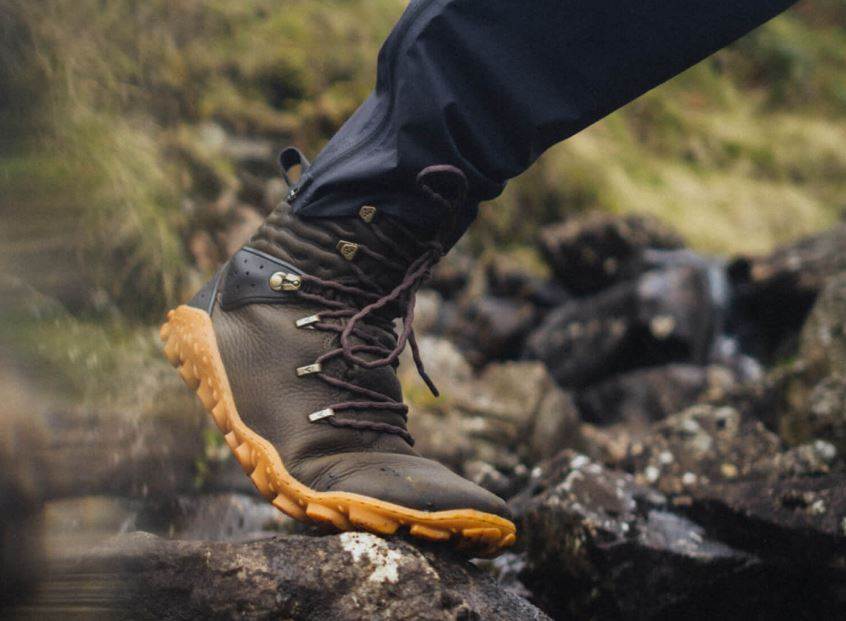Vivobarefoot makes strides in leather tracing but backs away from chrome

UK-based footwear brand Vivobarefoot has noted its efforts to trace its supply chains has had the most success with leather, where it has mapped material to a group of farms in Thailand.
In its end of year 2023 report, it noted leather is one of its most used materials, making up 11% of the total. Most of this is classed as “wild hides”, or leather made from free-roaming cattle raised by independent smallholder farmers.
In Asia, it uses leather from Interhides in Thailand, sourcing skins from farms near Bangkok. It is working on a project to tag the hides so it can trace them to individual farms.
Vivobarefoot made 400,000 pairs of shoes made with Wild Hide leather in the financial year 2022-23, and ordered 1 million square feet of leather from Interhides over the past two years.
It previously used Ethiopia-based Pittards-tanned leather and shoe manufacture for its Soul of Africa styles, and said it is waiting to see what will happen to the range following the closure of Pittards.
In Portugal, it sources chrome-tanned leather. However, it aims to move away from this: “Our goal is to ensure all the leather we source and use in our Asia value chain is made without the use of Chrome III. The next step is to use chrome-free leathers across our range. And one day, we hope, we’ll be able to tell you we only use vegetable-tanned leathers.”
In terms of footwear recycling, it reconditions shoes through its ReVivo site, and has begun to send any that are of poor quality to Dutch company FastFeetGrinded to be ground up and used for insulation or playground flooring.
In 2023, Vivobarefoot sold just under 1 million pairs of shoes, up 29% on the year before. This translated to sales of £73.4 million, 49% higher than 2022’s record of £49.4 million. It delivered earnings of £1.5 million, an increase of £1 million over 2022, making it the most profitable year to date.
It is looking to publish its first animal welfare statement in 2024.











